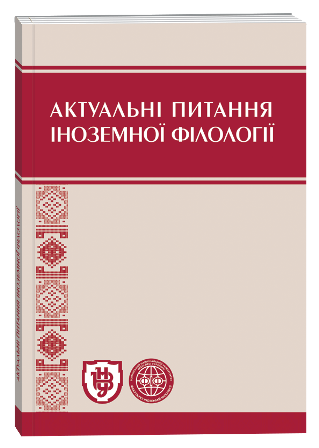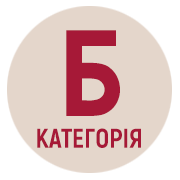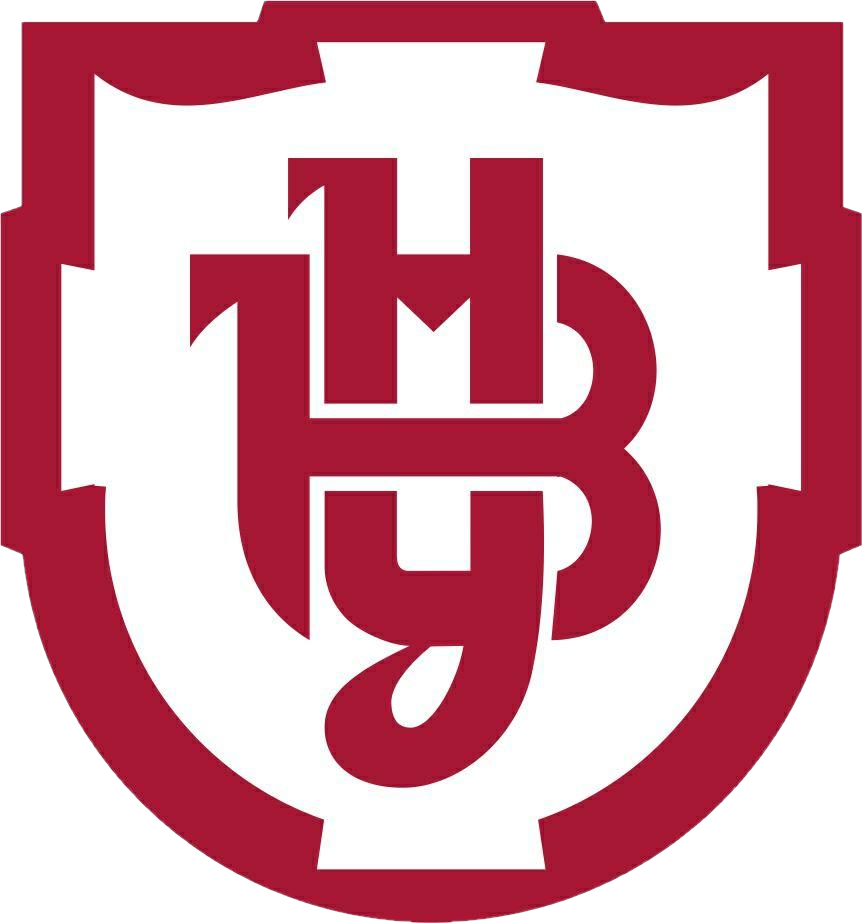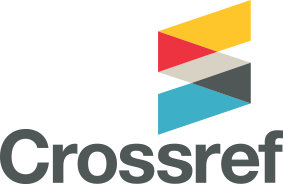THE ROLE OF THE FRAME STRUCTURES DENOTING APPEARANCE IN THE REPRESENTATION OF THE CHARACTERS AND FEELINGS OF THE LITERARY HEROES (ON THE MATERIAL OF THE GERMAN-LANGUAGE DISCOURSE)
Keywords:
frame, frame structure, terminal, terminal element, appearance, character, feelingAbstract
The article demonstrates the results of the research which has been carried out on the material of the b?lles-l?ttres discourse represented by the novel of the German writer of the XX-th century Lion Feuchtwanger “Jephtha and his Daughter”. The choice of the research material is specified by the general thematic orientation of this literary work. A portrayal of the great number of figures and the detailed appearance description of every of the personages prepares the ground for a careful, profound and multilateral study of the structures which denote human appearance and character. The analysis has been made from a position of the cognitive and discourse paradigm which is quite relevant in the modern linguistics and gives the possibility to retrace the peculiarities of the verbal realization of the frames in the b?lles-l?ttres discourse. The main task of the article consists in the highlighting of the role of the frame structures which denote appearance of the literary personages, in the revealing of their dispositions, feelings and attitude to one another. The analysis has been carried out by way of example of the main character of Lion Feuchtwanger’s novel “Jephtha and his Daughter” – Jephtha – the ninth Judaic Judge. The structure of the frame “Appearance” has been described and its main terminals have been determined. A detailed study of the terminal elements, which make up the periphery of the frame “Appearance” in the novel “Jephtha and his Daughter”, has been performed, and on the basis of the analyzed terminal elements the role of the above mentioned frame structures in the representation of the images of the personages, that is in the depicting of their outer features and of their characters and feelings, has been determined.
References
Козак С. В. Фреймові структури на позначення зовнішності людини в літературно-художньому дискурсі / С. В. Козак // Наукові записки Вінницького державного педагогічного університету імені Михайла Коцюбинського. Серія: Філологія (мовознавство) : збірник наукових праць / [гол. ред. Н. Л. Іваницька]. – 2014. – Вип. 19. – С. 313–317.
Лакофф Дж. Мышление в зеркале классификаторов / Дж. Лакофф // Новое в зарубежной лингвистике. – 1988. – Вып. ХХІІІ. – С. 12–51.
Ліон Фейхтвангер [Електронний ресурс]. – Режим доступу : https://uk.wikipedia.org/wiki/Ліон_Фейхтвангер
Минский М. Фреймы для представления знаний / М. Минский. – М. : Энергия, 1979. – 151 с.
Филлмор Ч. Фреймы и семантика понимания / Ч. Филлмор // Новое в зарубежной лингвистике. – М., 1988. – Вып. ХХІІІ. – С. 52–62.
Чарняк Ю. Умозаключения и знания / Ю. Чарняк // Новое в зарубежной лингвистике. – Вып. ХІІ. – М., 1983. – С. 304–308.
Duden. Deutsches Universalw?rterbuch. – 4., neu bearbeitete und erweiterte Auflage. – Mannheim ; Leipzig ; Wien ; Zürich : Dudenverlag, 2001. – 1892 S.
Feuchtwanger L. Jefta und seine Tochter / L. Feuchtwanger. – St. Petersburg: Korona print, KARO, 2004. – 416 S.
Metzing D. Frame Representations and Lexical Semantics / D. Metzing // Words, Worlds, and Contexts. – Berlin, 1981. – P. 320–342.
Putnam H. The Meaning of Meaning / H. Putnam // Gunderson K. Language, Mind and Knowledge. Minnesota Studies in the Philosophy of Science. – 1975. – Vol. VII. – P. 131–193.
Raskin V. Round Table Discussion on Frame / V. Raskin // Quaderni di Semantica VI. – 1985. – № 2. – P. 211–212.
Schank R. C. Integrating Semantics and Pragmatics / R. C. Schank, L. Birnbaum, J. Mey // Quaderni di Semantica. – 1985. – VI. – P. 313–325.
Downloads
Published
How to Cite
Issue
Section
License
Copyright (c) 2025 Софія Козак

This work is licensed under a Creative Commons Attribution 4.0 International License.







